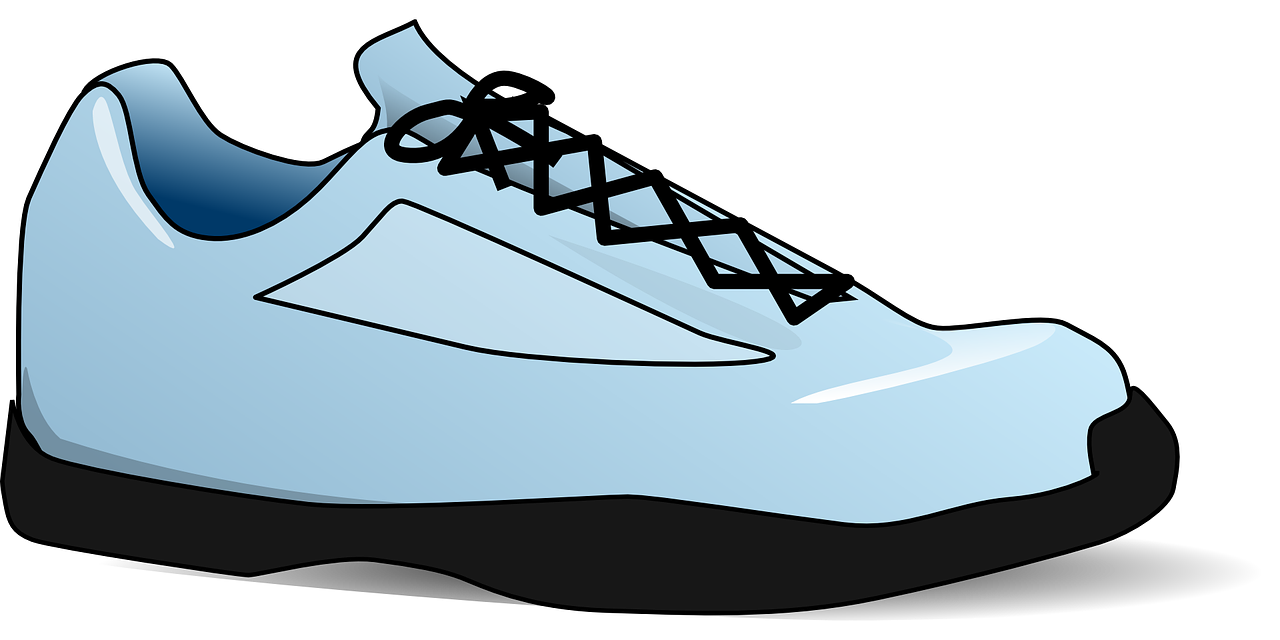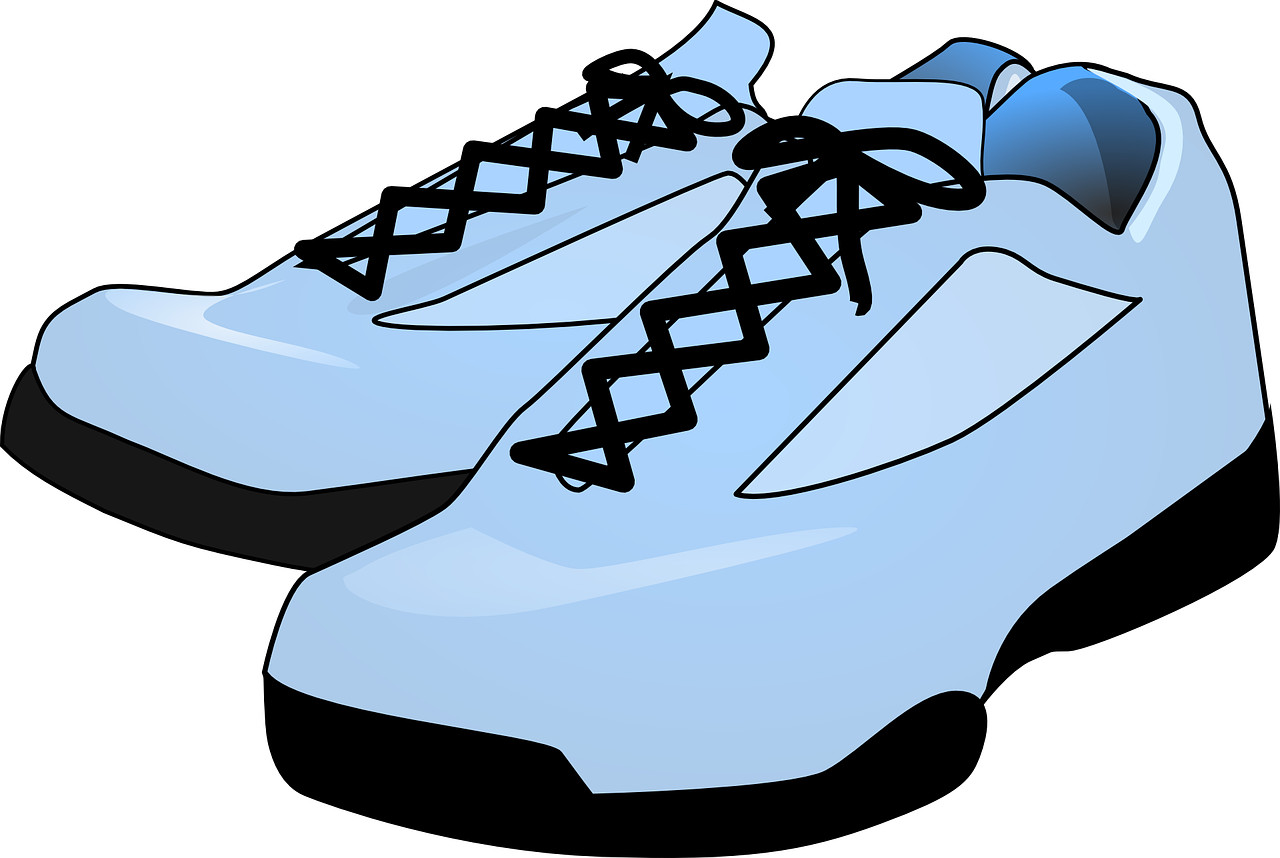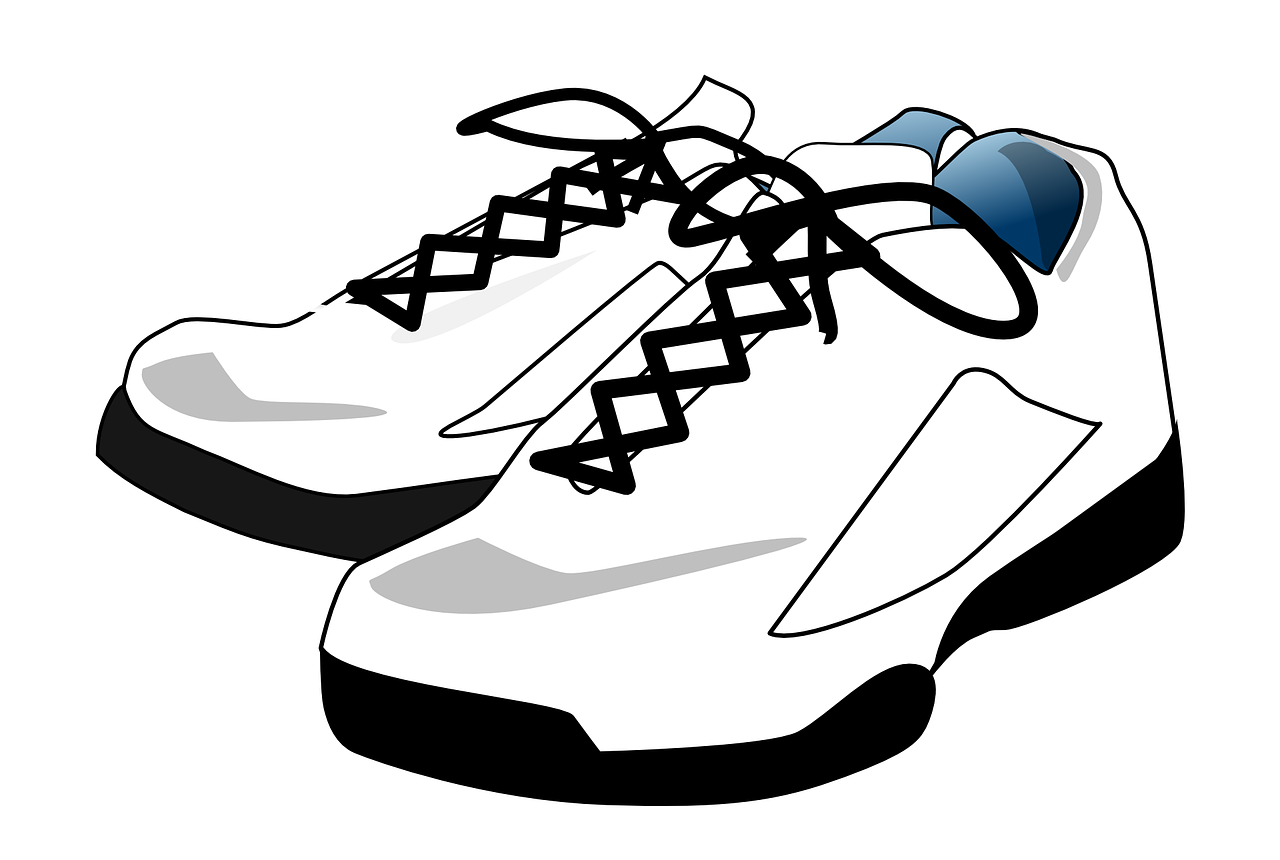We may earn money or products from the companies mentioned in this post.
A Quick Summary

Tennis shoes, also known as athletic shoes or sneakers, are designed for sports and physical activity and provide support, comfort, and traction to athletes. There are three main types of tennis shoes, and when selecting the right pair, one should consider their foot type, sizing needs, and playing style preferences. Modern designs have improved performance and sustainability, and proper maintenance and replacement timelines should be taken into account.
Introduction

Tennis shoes, also known as athletic shoes or sneakers, are a type of footwear specifically designed for sports and physical activity These shoes provide support, comfort, and traction to athletes during their performance on the court
Definition of Tennis Shoes
Tennis shoes are typically made with flexible soles and breathable uppers that allow for ease of movement and ventilation They are often constructed with shock absorption technology to reduce the impact on joints during high-impact activities such as running or jumping
Brief History of Tennis Shoes
The origins of tennis shoes can be traced back to the late 18th century when people began wearing rubber-soled shoes for everyday use In 1917, Converse introduced its first basketball shoe which later became popular among tennis players as well
In the 1960s, Adidas introduced the famous Stan Smith tennis shoe which quickly became a staple in tennis fashion Nike followed suit in 1971 with its own iconic tennis shoe design called “the Cortez”
Importance of Proper Footwear in Sports
Proper footwear is crucial for athletes to prevent injuries and enhance their performance on the court Tennis players rely heavily on quick movements and sudden changes in direction which put considerable stress on their feet and ankles
Athletic shoes designed specifically for tennis have features that provide stability, cushioning, and support where it is needed most The right pair of tennis shoes can help prevent ankle rolls, blisters, plantar fasciitis, and other common foot injuries
| Feature | Benefit | Impact on Athlete’s Performance and Health |
|---|---|---|
| Stability | Prevents ankle rolls | Reduces risk of injury |
| Cushioning | Protects from impact | Provides comfort and prevents blisters |
| Support | Helps maintain foot arch | Prevents plantar fasciitis |
Types of Tennis Shoes

Grass court shoes
Grass court shoes are specially designed to provide better grip and support on grass surfaces These shoes have smaller, nubbier outsoles that offer excellent traction on slippery grass courts The flexible upper construction helps accommodate foot movement on uneven surfaces while the reinforced toe area adds durability during slides
If you’re a frequent player on grass courts or indoor carpet surfaces, then these shoes should be your go-to choice However, they are not recommended for hard or clay courts due to potential damage to both the shoe and court surface
Clay court shoes
Clay court shoes have unique design elements that make them different from grass court shoes Herringbone tread patterns provide optimal traction on clay surfaces, while full-length rubber outsoles offer durability and stability during lateral movements
The lightweight upper with extra ventilation keeps your feet cool and dry in hot weather conditions These specialized features reduce slipping due to their tread pattern and enhance comfort and support during long matches
Hard court shoes
Hard court shoes are designed for durability and shock absorption on hard surfaces like concrete or asphalt They feature a durable outsole material such as rubber or gum sole that can withstand the abrasive nature of hard courts
Cushioning technology in the midsole provides shock absorption, reducing the impact on your joints during quick directional changes and stops Common materials used in hardcourt shoes include leather, synthetic leather, mesh or a combination of materials like rubberized toe caps and reinforced side panels for added protection
The padded tongue and collar add an extra layer of comfort when playing long matches or training sessions
| Feature | Purpose | Material |
|---|---|---|
| Durable outsole | Withstand abrasive nature of hard courts | Rubber or gum sole |
| Cushioning technology in midsole | Shock absorption and reduced joint impact | Leather, synthetic leather, mesh |
| Padded tongue and collar | Extra layer of comfort during long matches | – |
How to Choose the Right Tennis Shoes

Assessing your foot type and arch support needs
When it comes to choosing the right tennis shoes, one of the most important factors is assessing your foot type and arch support needs Flat feet, normal arches, and high arches all require different levels of support, so it’s vital to know which category you fall under Additionally, understanding whether you have pronation or supination issues can help guide your shoe selection
Sizing considerations for optimal fit and comfort
Sizing is another crucial factor in selecting the right tennis shoes Proper length and width measurements are essential for optimal comfort and performance during a match However, challenges can arise when shopping online since sizing charts can vary between brands It’s always best to try on multiple sizes before making a purchase or look for brands with generous return policies
Key features to look for based on playing style
Finally, players should consider their playing style when selecting tennis shoes Aggressive movers or baseline players may benefit from shoes with extra cushioning for shock absorption during quick lateral movements On the other hand, serve-and-volley players may need shoes that prioritize stability and support for sudden stops and starts at the net
In conclusion, choosing the right tennis shoes requires careful consideration of foot type, sizing needs, and playing style preferences By taking these factors into account when making a purchase decision, players can ensure they have comfortable footwear that supports their game on the court
| Key Point | Description |
|---|---|
| Foot Type | Consider arch support needs and pronation or supination issues |
| Sizing | Ensure proper length and width measurements for optimal fit and comfort |
| Playing Style | Choose shoes that prioritize cushioning, stability, or support based on playing style preferences |
Technological Advancements in Modern Tennis Shoe Designs

Performance-Enhancing Technologies
Tennis shoe manufacturers continually strive to improve on-court performance One method they use is by incorporating shock absorption systems in their designs These systems help reduce the impact on players’ feet and legs, minimizing the risk of injury during play
Ventilation systems are another innovation used to enhance performance These systems work by reducing heat build-up within the shoe, keeping the player’s feet cool and dry even during intense matches
Eco-Friendly Materials and Manufacturing Processes
In recent years, there has been a growing trend towards eco-friendly tennis shoes Manufacturers now offer sustainable fabric options made from recycled plastics or other materials that have less impact on the environment
Manufacturing processes have also become more environmentally friendly, with some companies using renewable energy sources and reducing waste through recycling programs
Maintenance Tips and Life Expectancy of Tennis Shoes
To extend the life of your tennis shoes, proper maintenance is essential Cleaning your shoes regularly can help prevent dirt, dust, and sweat stains from building up over time
Maintaining the structural integrity of your shoes is also important Avoid leaving them in extreme temperatures or exposing them to harsh chemicals that can damage the materials
It’s important to know when it’s time to replace your tennis shoes as well Assessing wear patterns and checking for signs of reduced performance can help you determine when it’s time for a new pair
Overall, technological advancements in modern tennis shoe designs have made significant improvements in both performance and sustainability while providing guidelines for proper maintenance and replacement timelines
| Key Point | Description |
|---|---|
| Proper Maintenance | Regular cleaning and avoiding extreme temperatures or harsh chemicals to extend shoe life |
| Assessing Wear Patterns | Checking for signs of reduced performance and wear patterns to determine when replacement is needed |
| Knowing Replacement Timelines | Understanding when it’s time to replace your tennis shoes for optimal performance and safety |
Useful Links

Tennis shoe Definition & Meaning
The History Of Tennis Shoes
Types of Tennis Shoes | A Buyer’s Guide for Selecting a …
Tennis Shoes
How to Choose the Right Tennis Shoe
Difference Between Tennis and Running Sneakers
Guide to Tennis Shoes – What to Wear on Grass, Clay and …
Tennis Shoes for Men, Women & Kids
How to Choose the Right Tennis Shoe
Sneakers or tennis shoes: What do you call them?
The Best Tennis Shoes for Women of 2023 – Travel + Leisure
Why You Need Tennis Shoes
Running and Tennis Shoes: 3 Key Differences to Know
tennis shoe
Kicks on Court
Tennis Shoes & Sneakers
Tennis/Court Shoes vs Running Shoes | Tennis-Point – YouTube
The 10 Best Men’s Tennis Shoes For 2023
Court Shoes for Tennis and Pickleball | – Game-Set-Match
Tennis Shoes for Men | All Brands






